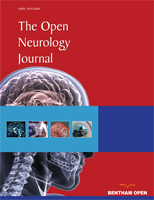
“Endocannabinoids (ECs) are involved in immunomodulation, neuroprotection and control of inflammation in the central nervous system (CNS).
Activation of cannabinoid type 2 receptors (CB2) is known to diminish the release of pro-inflammatory factors and enhance the secretion of anti-inflammatory cytokines.
Furthermore, the endocannabinoid 2-arachidonoyl glycerol (2-AG) has been proved to induce the migration of eosinophils in a CB2 receptor-dependent manner in peripheral blood and activate neutrophils independent of CB activation in humans.
The present study revealed an upregulated endocannabinoid system in dogs with inflammatory CNS diseases, highlighting the endocannabinoid system as a potential target for treatment of inflammatory CNS diseases.”
https://www.ncbi.nlm.nih.gov/pubmed/29408878
http://journals.plos.org/plosone/article?id=10.1371/journal.pone.0187197









